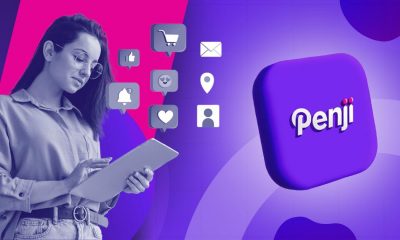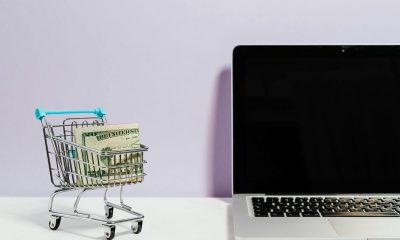Business
Olympic Medalist Dotsie Bausch Wants You To Switch4Good
Published
4 years agoon
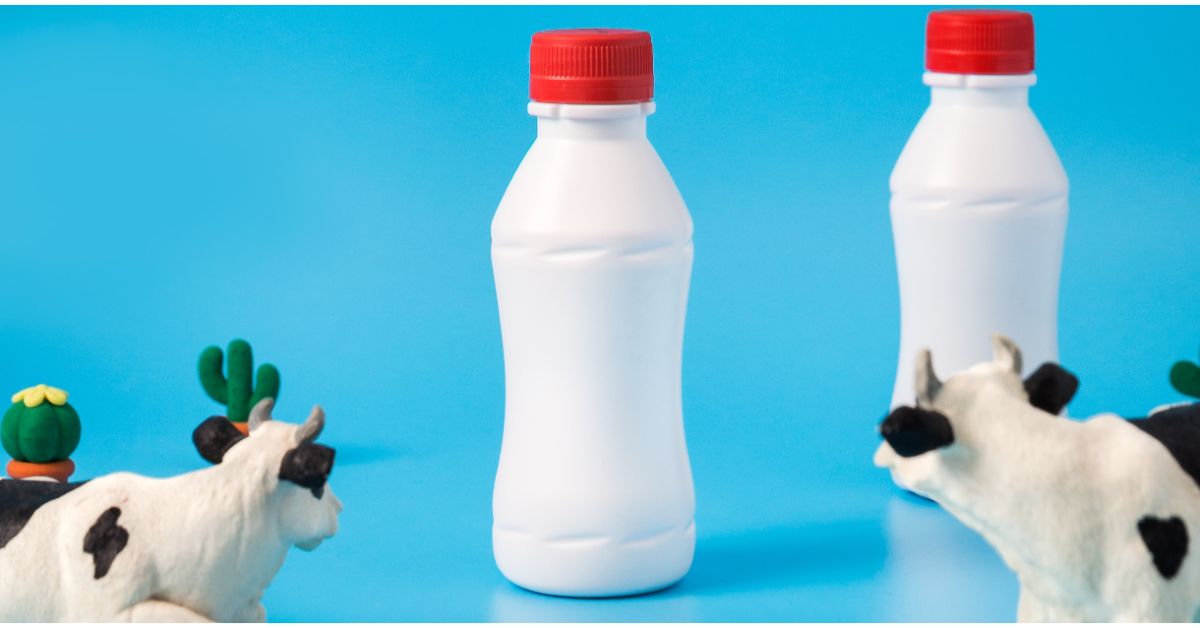
Dotsie Bausch, founder of Switch4Good, has a question for everyone.
Have you ever wondered why milk is required in public school lunches? The United States is the only country in the world that requires children to drink cow’s milk.
“Holy crap, what are we doing? Why are we feeding – especially to children, of which 70 percent of them cannot digest – Why are we making them drink this fluid?”
It’s a little weird, no?
Maybe it wasn’t so weird in the 1940s… 1840s… or 840s…
Today, however, we’ve learned a thing or two about how cow’s milk affects our bodies.
“Upwards of 70 percent of the world’s population cannot digest cow’s milk, and it makes you quite sick – this lactose intolerance. I’ll tell you, it’s pretty awful.
“Wheezing, stuffy nose, coughing. And then big-time gut distress: constipation, diarrhea, bloating, cramping.
“It’s pretty gnarly.”
It may take some time for us to shake the familiarity of cow’s milk in our diets. We’ve been inundated with cow’s milk (or just “milk,” for the layperson) from ads, culture, government requirements, lobbyist pressure, and dairy farmers.
Here’s The Truth About Milk…
Milk is meant for the babies of the mammals producing it. Cow’s milk is for calves. Human milk is for babies. Cat’s milk is for kittens. You get it.
Mammalian milk contains the necessary fats and vitamins for us to grow into strong healthy grown mammals. We, and every other infant mammal, contain an enzyme that allows us to digest that milk. That enzyme disappears once breastfeeding has concluded.
Northern European farmers were among the first to go “You know what? I want to try that cow’s milk. I mean… why not, right?” roughly 6000 years ago. Or so the theory states. Over time, they developed a genetic mutation to the enzyme that allows us to digest milk. These humans evolved to digest cow’s milk for as long as they were alive.
This familiarity with cow’s milk extended into the business world when it came time to make money off of that sweet, sweet utter juice. Milk was everywhere: delivered to our door by the milkman, in our schools, in our breakfast cereals.
Imagine getting made fun of for not putting milk in your cereal as a kid. Guess who’s the weirdo now, Stacy?!
Soon enough, “Got Milk?” entered the zeitgeist. Along with it, the idea that to be a successful athlete, you needed to drink milk. If Cal Ripken can play more consecutive games than any other baseball player, it must be the milk, right?
Speaking of athletes. Did you know that milk is the official sponsor of Team USA?
PED – Performance Enhancing Dairy
“New Zealand and the United States are the only countries in the world whose Olympic Committees are not government funded. They have to go out and get private funding.”
Enter the dairy industry to save the day! With “Got Milk?” featuring every famous athlete under the sun, it makes total sense that they would sponsor the Olympics. Since the government can’t be bothered, apparently.
“I have been exposed to and definitely pressured upon throughout that journey that milk – the mammalian secretions of the cow – are the only real way for athletes to recover from hard workouts, the only real way to build muscle and muscle tissue, and to repair and recover.
“I started to peel back all of the layers on everything that I had been taught and learned and really recognized that it was truly coming from a marketing perspective, not from an evidence-based perspective.”
It was at that moment, during the 2012 London Games (after winning the Silver in cycling), that inspired Dotsie Bausch to start Switch4Good.
“I had this idea to put on a commercial on the closing ceremonies of what then was the 2018 Winter Olympics in Pyeongchang on NBC that basically has seven of us, all Olympic athletes from four different countries.
“We’re standing up and saying, ‘Hey, guess what? We don’t need cows’ milk to recover. This isn’t the truth. It’s not a thing. And there are thousands of athletes that are finding a new way forward.’
“The dairy industry got it kicked off after it aired three times.”
Angering The Milk Masters
That move only served to fire Dotsie Bausch and her fellow athletes up. After being silenced by the dairy lobby, Switch4Good only got deeper and more motivated. The best way to crush your adversary is to silence them, right?
Smooth move, milk hawkers. You couldn’t just let it be. You just had to keep making your milk money.
Thanks to Big Milk’s fear and power, Switch4Good got strategizing.
“We work in two ways: behavior and culture change, but we also work on systemic change. We do quite a bit of work right now specifically to change the laws in the United States: that children have to be fed cow’s milk in schools. And if they don’t want one, they have to have a milk note from their parents.
“So, we’re working with members of Congress. It’s actually a regulatory change, not a statutory change. So it doesn’t have to be voted on.”
They even had a win.
“One of our big wins from last year was getting the dietary guidelines of America to put soy milk in as nutritionally equivalent so that here is a choice.
“Now we have to implement the choice into schools.”
Soy milk?! In public schools?! How… reasonable.
Dairy Nonsense
Some of you may consider soy milk in public schools to be hippie nonsense. But you’d be wrong. What is nonsense is drinking mammalian secretions from a mammal that is not at all related to humans.
Frankly, gorilla milk would make more sense.
Switch4Good and its mission to convert all dairy consumers into non-dairy consumers is an uphill battle. There isn’t just resistance from the powerful dairy industry. There’s personal resistance from smaller communities.
It wouldn’t be America without someone yelling, “You can’t tell me what to do!” Right?
Dotsie Bausch understands this better than you think.
“I grew up for thirty-five years of my life eating animals and the products of animals . . . loving animals, but mistreating them via I was a competitive horseback rider. So, it’s a journey and it’s painful to unpack 100 percent.”
“If you believe that we’re all equal – and I mean all – whether you have four legs or two, whether you have hair all over your body or just on your head – that [humans and animals] should have a relationship of mutuality and respect, not extraction.
“And that is how we treat so many animals – especially our food – as a product to extract from.
“That’s not equality, and I don’t think that’s fair.”
Convincing The Milk Drinkers
When it comes to convincing people to Switch4Good (see what I did there?) the strategies vary. What often gets people in the door is their own health. Say you want to cut dairy out and you start by drinking your coffee black. The idea of keeping yourself healthy is enough to check out Switch4Good and what they have to offer.
That, as Dotsie Basuch has pointed out, isn’t the “stickiest” of strategies. People give up on themselves for a variety of reasons.
If Dotsie Bausch and company want people to Switch4Good (look, I did it again!) they need to consider all strategies. One of the “stickiest,” according to market research, is the ethics side to this debate.
How Does Bessie Feel?
Imagine, just for a moment, that you’re a cow. You’re just trying to live your life, eating your cud, enjoying the sun, lying down when it’s about to rain. It’s kinda nice, no?
All is well when – suddenly – your perfectly nice day is interrupted by forcible impregnation.
Wait, what?!
You carry your calf to term, about nine months or so. Then you give birth (hopefully with the help of a ranchhand in the midst of their own coming-of-age story).
THEN, if forced impregnation wasn’t enough, you have your beautiful baby calf taken away from you.
Bruh.
Now, the milk you have produced to make your calf big and strong is now being harvested and extracted for some other entitled mammal to consume from a tiny paper carton in between math and gym.
Not only that, but sometimes it’s wasted through the nose of some snotty child, or mixed with chocolate like some kind of dessert! It’s even been used to ruin perfectly delicious coffee.
So, you’re forced to have a calf, it’s taken from you, and so is the milk you produce. All for the glorious pleasure of wealthy industry tycoons. Then, next year, it happens all over again.
Not so fun being the cow, is it?
Taking On Big Milk
Dotsie Bausch and Switch4Good have their work cut out for them. They’re fighting an uphill battle against industry, government, culture, and the stubborn.
“We’re still at the beginning. So quite honestly, I feel proud of the team that goes out every day – no matter how many doors are slammed in our face – because the door slams multiple times a day. It’s not like we’re getting water to children in sub-Saharan Africa. Everybody on planet Earth is like, ‘Yup, that’s a good idea!’ We are still seeding the idea that [consuming dairy] is not a good idea.
“We’re not doing something that’s popular. We’re doing something that’s straight up against the grain . . . eye-to-eye with the status quo. And it’s hard to get up every day with hope because it’s not wildly popular what we’re doing – nor do many people want to lean into it – it’s very hard to get attention and recognition.
“It’s the fierceness and the grit of the team to wake up every day and get creative and keep fighting.”
If anyone can get everyone in the world to Switch4Good (last time, I swear) it’s Dotsie Bausch and company.
Will you Switch4Good?
Chris Blondell is a Philadelphia-based writer and social media strategist with a current focus on tech industry news. He has written about startups and entrepreneurs based in Denver, Seattle, Chicago, New Haven, and more. He has also written content for a true-crime blog, Sword and Scale, and developed social media content for a local spice shop. An occasional comedian, Chris Blondell also spends his time writing humorous content and performing stand-up for local audiences.

You may like
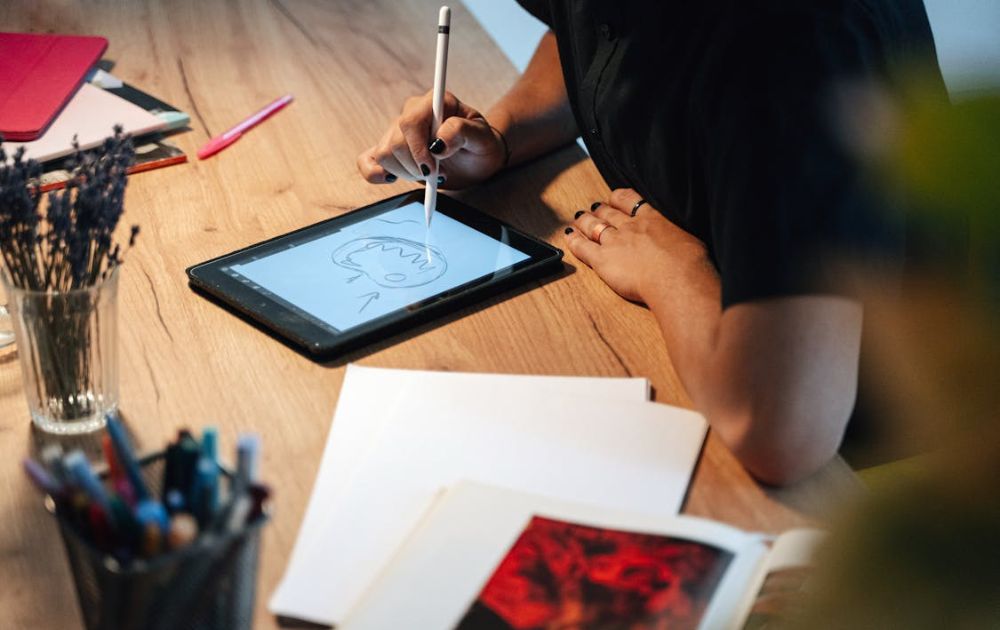
Graphic design subscription services like No Limit Creatives are popular among small businesses to get quick and quality designs. If you’re looking for No Limit Creatives alternatives, there is a chance that you found No Limit Creatives is not a good fit for your graphic needs. This is understandable! Perhaps the designs weren’t up to par, the turnaround was too slow or the customer support just wasn’t there.
The good news is that there are alternatives to design services that communicate better, are more flexible, and provide designs that feel more like your own brand. Therefore, here’s a list of the best alternatives to No Limit Creatives.
Penji — Best Overall Alternative
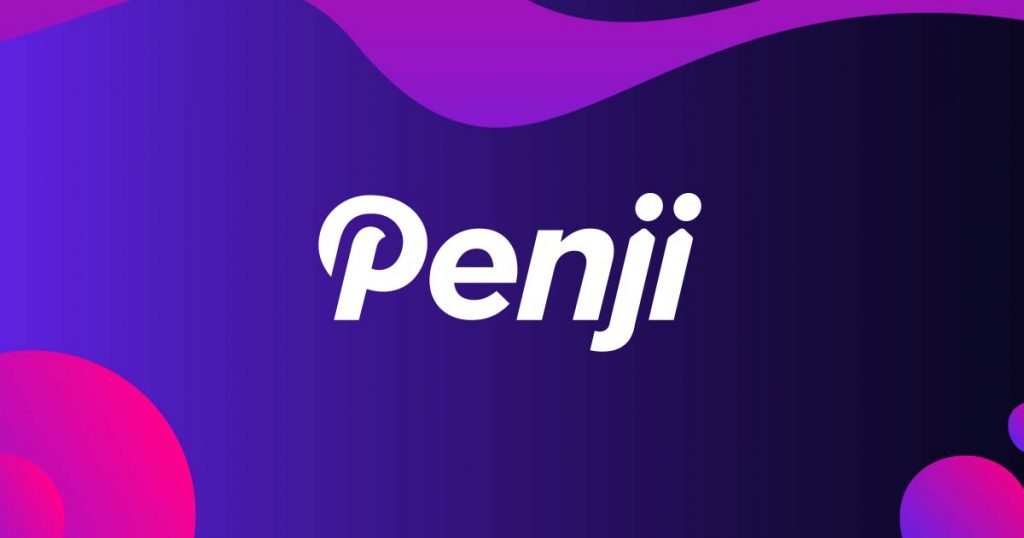
If you’re looking for a reliable graphic service from start to finish, Penji is a great alternative. Penji significantly improves upon the things that No Limit Creatives lacks in comparison — turnaround time, user dashboard experience, and offers a consistent designer who helps your brand over time.
Why it Stands Out:
The biggest problems with No Limit Creatives are slow turnaround and the designs lack brand cohesion. With Penji, you get consistent communication, consistent pricing and over 120 different types of designs without all the hassle.
Pros:
- Quick turnaround time (24-48 hours)
- A designer learns your style
- Easy user dashboard
- Consistent monthly pricing with no hidden fees
- 120+ types of designs (ads, branding, web, social and more)
Cons:
- No communication through chatting with the designers
- No video/animation capability
GraphicsZoo — Best for Revision and Version Tracking
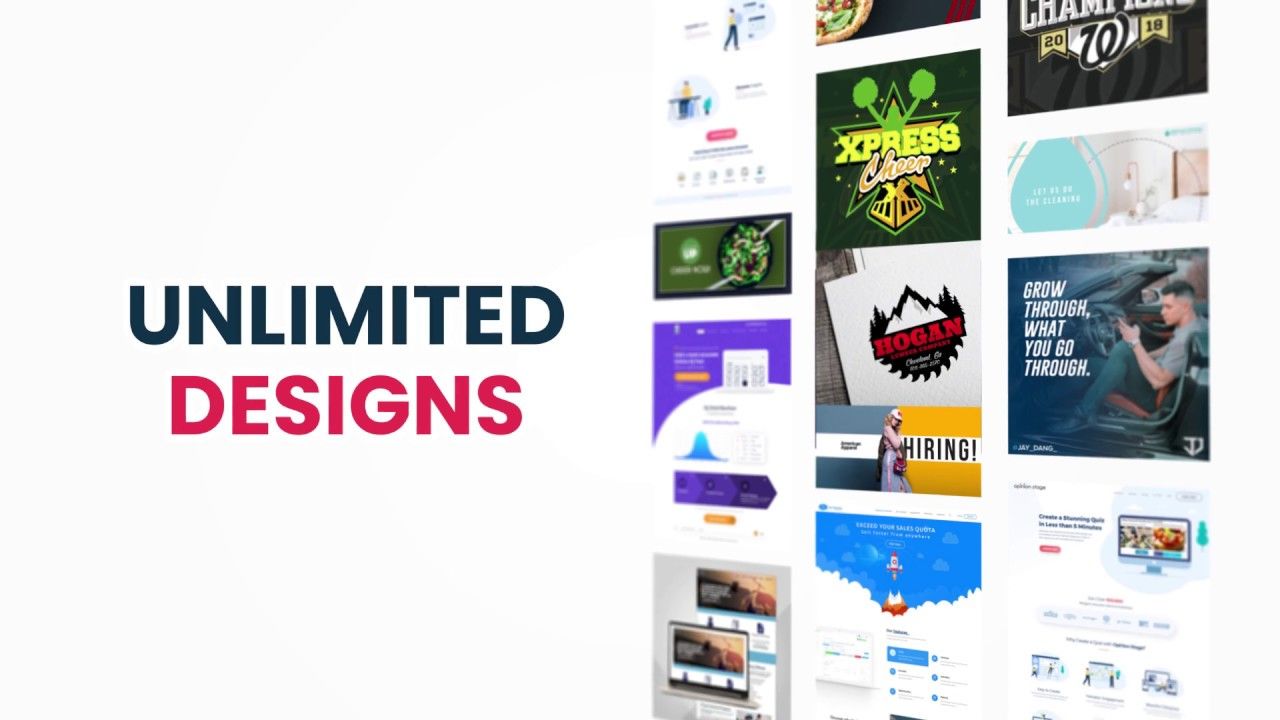
GraphicsZoo is a good alternative if you want more say in your revisions and need brand consistency across the board. GraphicsZoo can help version track easily, making team collaboration simple.
Why it Stands Out:
If you’re struggling getting changes made or keeping things on brand, GraphicsZoo gives you the tools necessary to do so.
Pros:
- Tracks versions and revisions in detail
- Team collaboration made easy
- Dedicated Design Team
Cons:
- Turnaround may vary depending on order
- Interface could be more modern
Content Beta — Best for SaaS and Tech Brands
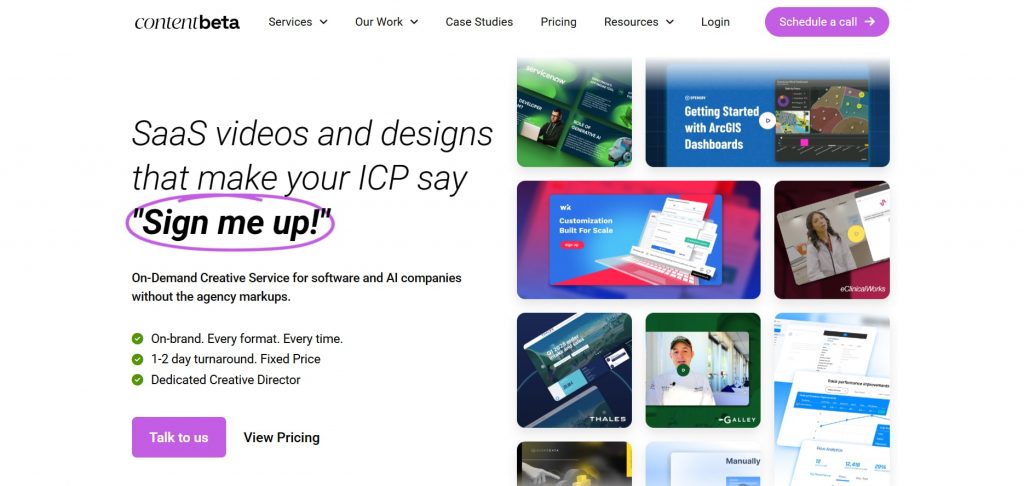
If you’re a software or tech company that needs more modern design visual offerings like product explainer videos, UI design mockups, and onboarding videos then Content Beta works best for you. Unlike No Limit Creatives who primarily focuses on graphics, Content Beta specializes in design and video.
Why it Stands Out:
If you’re working on product videos, app UI, or anything tech related, this is the choice for specialized help.
Pros:
- UI/UX combined services
- Great for explainer videos of products
- Video/design in one package
Cons:
- Non-ideal for basic branding or print materials
- Could be costly for smaller teams
SmartSites — Best for Marketing + Design Services
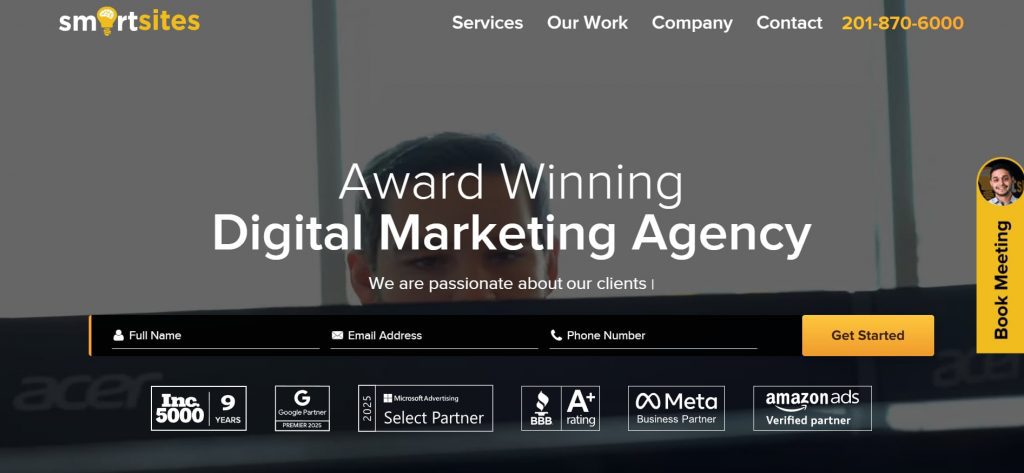
SmartSites is a marketing agency first and foremost. They provide SEO/PPC/web services along with graphic design so if you’re looking for heavy assistance in creative strategies as well as marketing brands and messaging, SmartSites is a suitable match.
Why it Stands Out:
If you want design solutions with tangible marketing results, then SmartSites provides you the growth potential to back it up.
Pros:
- Agency full-service: design/se0/PPC/web solutions
- Good for branding long haul
- A lot of strategic thinking help
Cons:
- Not unlimited graphic designs subscription program
- Should avoid if you only need design work
Business
What’s the Best Graphic Design Service for Startups
Published
4 days agoon
October 30, 2025By
Flore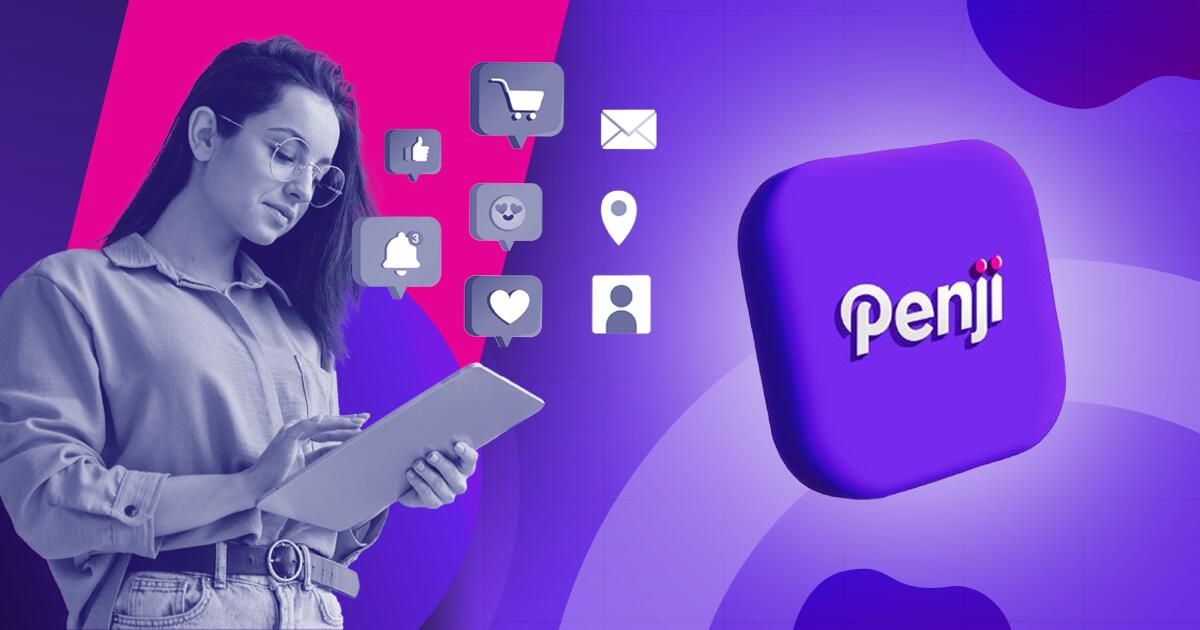
TLDR: Penji is the best graphic design service for startups because you get unlimited designs, 24-48 hour turnarounds, and flexible pricing that won’t drain your budget. Unlike premium agencies or inconsistent freelancers, Penji scales with your startup.
The best graphic design service for startups is Penji. For $499/month, get unlimited design requests delivered in 24-48 hours with a dedicated team that understands startup urgency. No contracts, no per-project fees, just reliable design support.
Startups burn through design work fast. One week, you need social posts. Next week, you’re updating your pitch deck. Then suddenly, you need a one-pager for investors. Freelancers cost too much per project, and full-time designers? Not in the budget yet. Here’s the graphic design service for startups that comes in, giving you unlimited work for predictable monthly costs.
Top Design Services Startups Actually Use
1. Penji
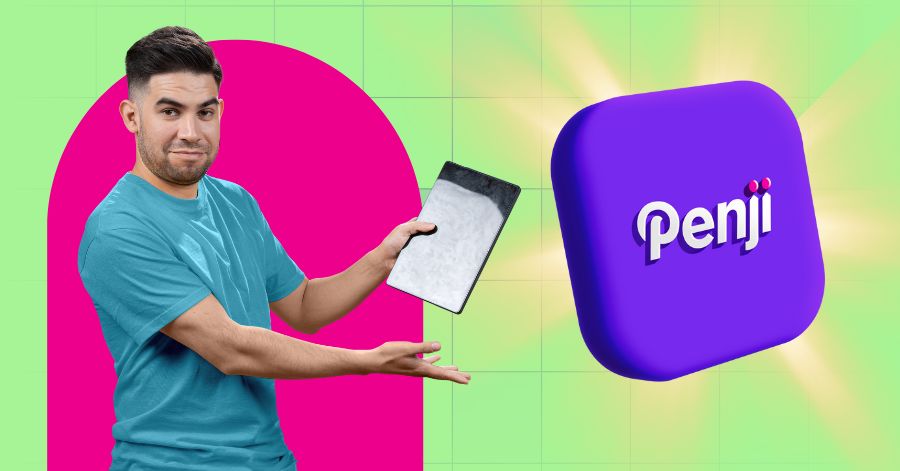
When you’re hunting for the best graphic design service for startups, you need speed, variety, and affordability all at once. Penji nails all three. Their design as a service platform gives you unlimited designs for $499/month with 24-48 hour turnarounds.
Why Penji works so well for startups:
They handle everything. Logos, pitch decks, social campaigns, you name it. No per-project charges. Your monthly rate stays flat whether you submit two requests or twenty.
Your dedicated team at Penji learns your brand fast. They remember your preferences for future projects instead of treating every request like the first time.
The creative support scales from simple graphics to complete brand guides. You don’t get forced into higher pricing tiers when your needs grow.
No contracts. You can pause when cash is tight and restart when you’re ready. Perfect for unpredictable startup budgets.
Startups choose Penji when they need graphic design services that match their pace without the agency price tag.
2. Superside
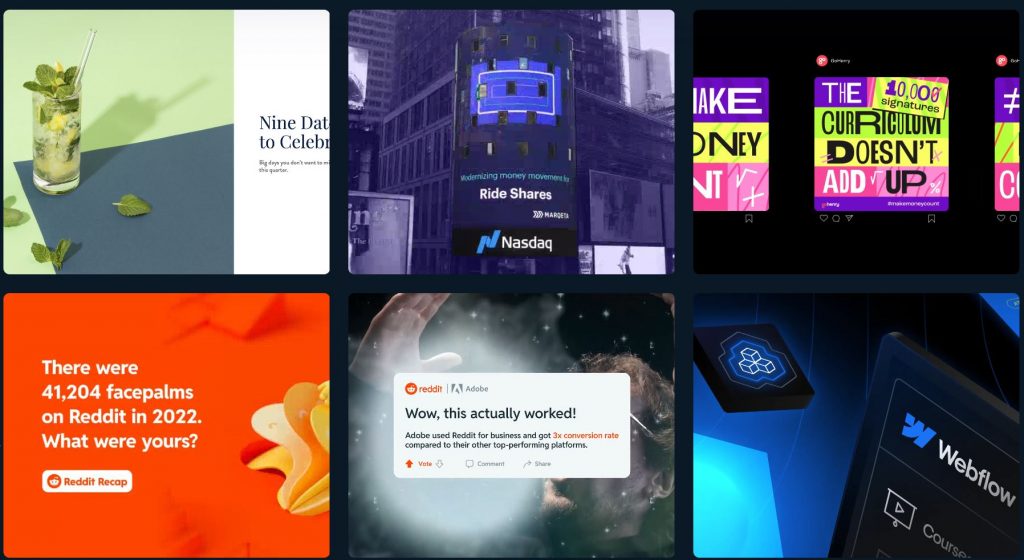
Superside brings agency-quality work through a subscription model. They’re great if you’ve raised significant funding and need premium creative for major campaigns. But plans start around $3,000-$5,000 monthly. Too steep for most early-stage startups.
3. Kimp
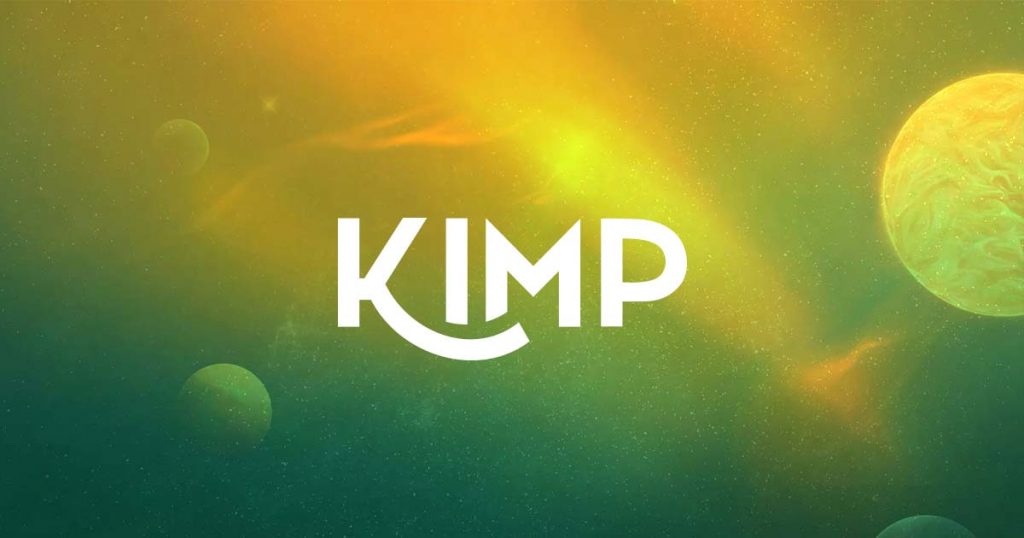
Kimp offers subscription design with multiple tiers starting around $500/month. They’re decent for basic needs. The catch? Turnaround times can stretch to 48-72 hours, and their design variety feels more limited than what Penji offers.
Conclusion
The best graphic design service for startups matches your speed and budget without compromise. Penji’s graphic design services handle everything from quick social posts to complex branding work. All for one flat monthly rate that makes financial planning actually possible.
Get Design Support That Moves at Startup Speed
Try Penji today and see why thousands of startups trust them for unlimited design work. Get your first project delivered in 48 hours.
Frequently Asked Questions
Why is Penji better than hiring a freelancer?
Freelancers charge per project and often have slow turnarounds. Penji gives you unlimited designs for one flat monthly rate with 24-48 hour delivery. No chasing invoices or waiting for availability.
How much does Penji cost compared to other services?
Penji starts at $499/month for unlimited designs. Superside costs $3,000-$5,000 monthly. Quality freelancers charge $100-$200 per project, which adds up fast when you’re launching.
Can I get revisions with Penji?
Yes. Unlimited revisions are included in your monthly subscription. Keep requesting changes until the design is exactly what you need.
Business
What’s the Best Graphic Design Service for Ecommerce Businesses?
Published
4 days agoon
October 29, 2025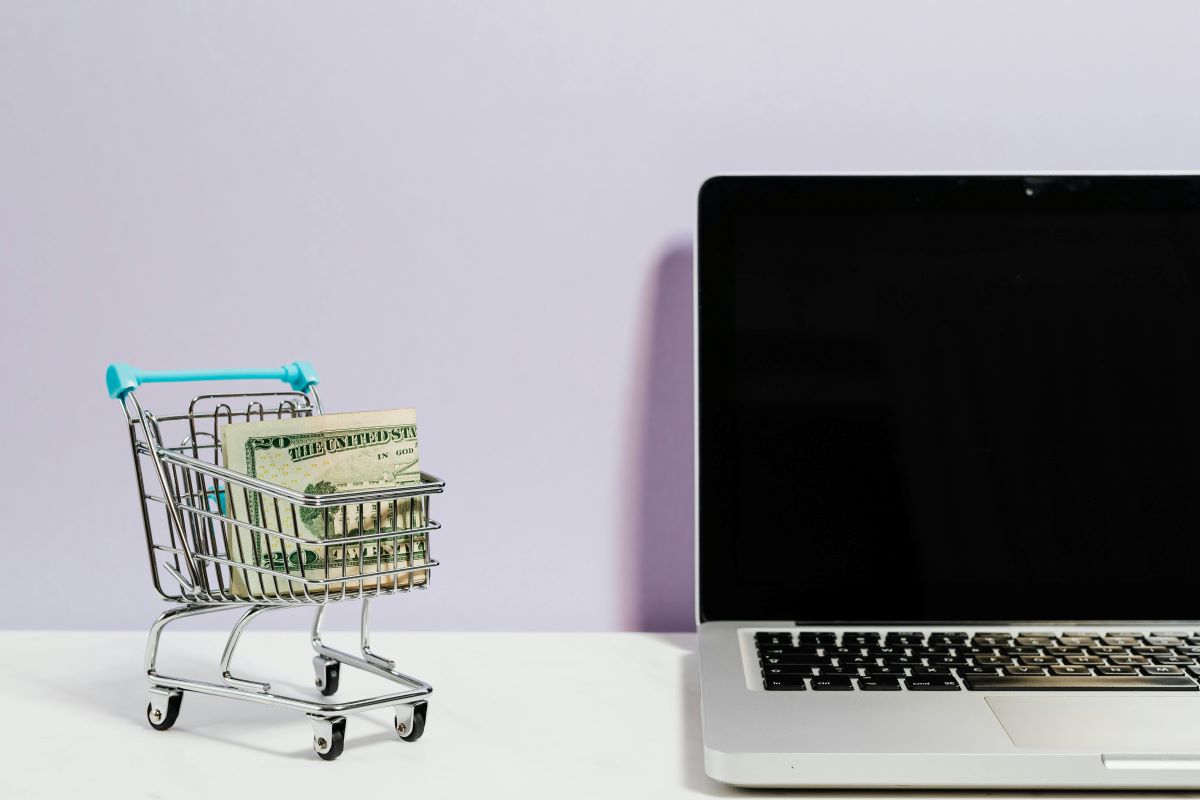
Graphic design is a huge part of managing an ecommerce business. It attracts prospects and website visitors, builds a strong brand identity, and establishes authority and credibility. If you want your brand to possess all these, you need to explore these five best graphic design services for e-commerce businesses:
Penji

A leading name in the graphic design subscription landscape, Penji offers unlimited graphic design and revisions for a flat monthly rate. This allows ecommerce businesses to get all the landing pages, ad creatives, product packaging, and other visuals they need without breaking the bank. Penji also offers a quick turnaround time of 24 to 48 hours, making it ideal for multiple product launches or regular email campaigns.
Flocksy
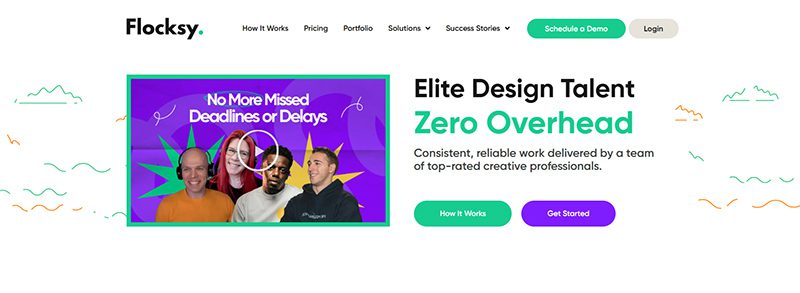
Boasting a team of designers, writers, and video editors, Flocky is an excellent option for ecommerce businesses looking for a reliable design partner. Like Penji, it delivers within 24 to 48 hours with fixed-rate pricing plans. Also included in the plans are unlimited revisions, so you can get the exact designs you need.
ManyPixels
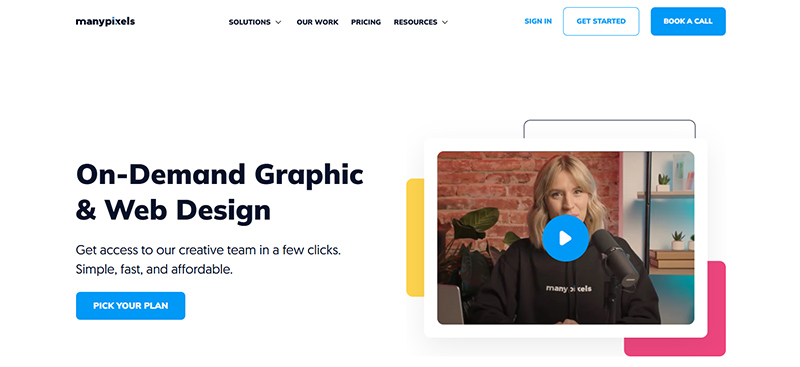
Another graphic design subscription platform that’s built for ecommerce businesses, ManyPixels lets you send as many design requests as you can in a month. Its higher-tier plans match you with a dedicated designer to provide consistent visual assets for your online store.
Duck.Design
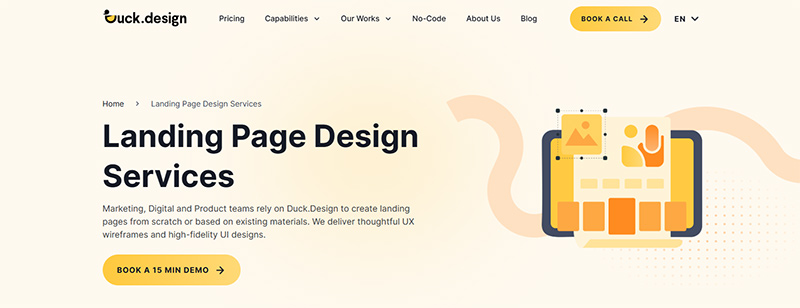
Whether your business is on Amazon, Shopify, or DTC (direct-to-consumer), Duck.Design is an excellent graphic design service for ecommerce businesses. It also offers unlimited graphic design services for flat monthly rates. Like ManyPixels and Penji, it delivers in 1 to 2 business days.
DotYeti

A rising start in the unlimited graphic design landscape, DotYeti is well-suited for ecommerce businesses looking for quality, fast, and affordable designs. You can send requests for infographics, packaging design, landing page designs, ad creatives, and many more.

What’s the Best No Limit Creatives Alternatives?

What’s the Best Graphic Design Service for Startups

What’s the Best Graphic Design Service for Ecommerce Businesses?

What’s the Best Fiverr Alternatives?

What’s the Best Superside Alternatives today?

What are the Best Canva Alternatives for Designers and Marketers?
What’s the Best Design Pickle Alternative?

What’s the Best Superside Alternatives today?

What are the Best Canva Alternatives for Designers and Marketers?

What’s the Best Fiverr Alternatives?

What’s the Best Graphic Design Service for Startups

What’s the Best Graphic Design Service for Ecommerce Businesses?

